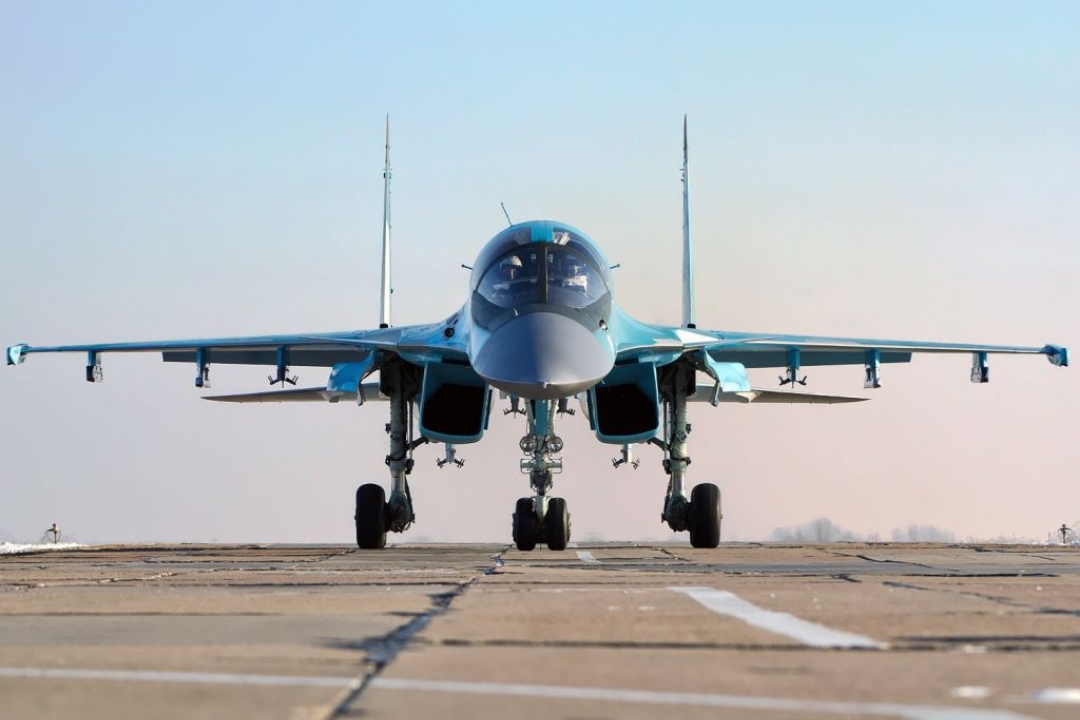
Russian Su-34s are the main tactical combat aircraft that carry out missile and bomb attacks on Ukrainian positions on the front line and in the border areas.
The Russian Aerospace Forces classify them as fighter-bombers. From the very beginning of the full-scale invasion, they have been involved in hostilities against Ukraine.
The destruction of these aircraft is a priority for Ukrainian air defense and the Defense Forces in general, which are targeting Russian Su-34s at their home air bases and in the air.
The idea of creating a fighter-bomber based on the Su-27 originated in the USSR back in the 1980s. When designing the aircraft, the Sukhoi Design Bureau chose the Su-27UB two-seat combat trainer as a foundation, since this configuration allows for both a pilot and a navigator (weapons operator). This led to the development of a new aircraft intended to replace the Su-24 frontline bomber.
The new combat aircraft, compared to the Su-27 fighter, was designed to be heavier, capable of carrying a larger bomb payload, and to have a longer range. It was intended to engage ground, surface, and air targets at any time of day or night and in any weather conditions, as well as to perform aerial reconnaissance.
In early 1990, a prototype of the T10V-1 fighter-bomber (now called the Su-34-1) was assembled, and it differed significantly from the Su-27. The aircraft received a different nose section, nacelles, and air intakes. On April 13, 1990, it made its first flight. In 1993, the aircraft, built at a production facility, took off; it was already called the Su-34 and was used for testing.

It took a significant amount of time to complete the aircraft development program. The final phase of state testing occurred from the fall of 2006 to the fall of 2011, during which small-scale production of the aircraft took place. In March 2014, the Russian Air Force officially adopted the Su-34.
In February 2012, the Russian Ministry of Defense signed a contract to supply the Russian Armed Forces with 92 Su-34 frontline fighter-bombers. The aircraft are being produced at the Chkalov Novosibirsk Aviation Plant under the Sukhoi Company. To date, around 160 Su-34s have been manufactured in Russia, with serial production still ongoing.

The Russian Aerospace Force received the first batch of new Su-34 fighter-bombers in 2024 in early April. The second batch arrived in June. Presumably, each of the batches contained two aircraft.

The Russian Su-34 fighter-bomber is designed to engage ground, surface, and air targets, day and night, in simple and complex meteorological conditions, with guided and unguided weapons, and is also capable of conducting aerial reconnaissance.
The key difference between the Su-34 and the Su-27 is the new forward body. It has a two-seat fully sealed armored cockpit made of titanium alloys, which is heated and air-conditioned. Other important elements of the aircraft are also armored. In total, the aircraft’s armor weighs almost 1.5 tons.

For better interaction between the crew, which consists of a pilot and a flight navigator, their workplaces are located side by side. The pilot’s seat is located on the left, and the navigator sits on the right side. To get into the cockpit, the crew climbs through the front landing gear niche using a special built-in folding ladder.
In addition, the size of the cockpit allows pilots to stand up to their full height to, for example, stretch after sitting for a long time, because the bomber may stay in the sky for hours, especially given the possibility of refueling in the air.

The aircraft is armed with a 30 mm automatic cannon for air combat and has 12 external hardpoints on which the Su-34 can carry air-to-air and air-to-surface missiles of various types, as well as unguided rockets and bombs. The maximum payload of the Russian frontline bomber is 8,500 kilograms.
According to the manufacturer, the aircraft is 23.4 meters long, 6.09 meters high, and has a wingspan of 15.2 meters. The Su-34 empty weight is 22,500 kg, the normal takeoff weight is 39,000 kg, and the maximum takeoff weight is 45,000 kg.

The Su-34’s powerplant includes two AL-31F turbojet engines, which provide a maximum airspeed of Mach 1.5 at altitude (without payloads). The combat radius of the Russian frontline fighter-bomber is up to 1.1 thousand kilometers. The service ceiling is up to 15,000 meters. The range with its onboard fuel is about 4,000 km. In addition, the aircraft can be refueled in the air.
Since the beginning of the full-scale invasion, Russia has been intensively using Su-34 fighter-bombers against Ukraine. Initially, these aircraft mainly dropped “dumb” bombs of various types and calibers, including FAB-250 and FAB-500 M62 or concrete-piercing BetAB-500, which are designed to destroy reinforced concrete shelters, airfield runways, etc. They also sometimes used 500 kg FAB-500 ShR high-explosive fragmentation bombs with a separate warhead. Additionally, Russian Su-34s have periodically used guided missile weapons such as the Kh-31, Kh-59, and the Kh-35U. While the Kh-35U is primarily an anti-ship missile, the Russians also use it to target ground positions.
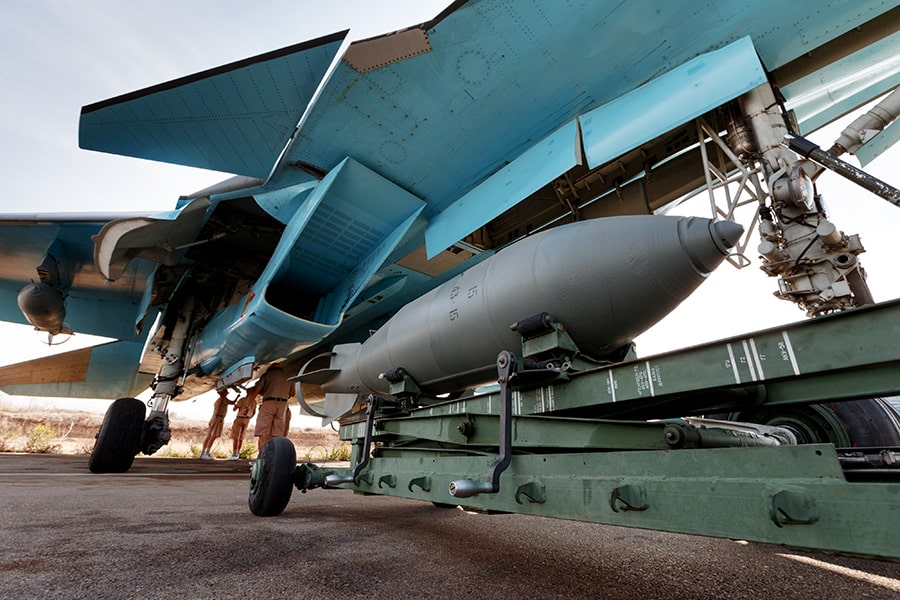
However, Russian aviation was unable to fully use conventional bombs because of Ukrainian air defenses and fighter jets. As a result, after the first weeks of mostly unsuccessful attempts to strike Ukraine’s rear areas, Russian forces shifted their focus to bombing positions along the front line and in border regions, including launching attacks from Belarusian territory. At the same time, Russian Su-34s suffered losses from the Ukrainian Air Force, which countered them. However, this situation has changed since the Russians received bombs with UMPK kits.
Since the beginning of 2023, the Russians have been deploying gliding bombs equipped with the UMPK (Universal Gliding and Correction Module), which can be considered the Russian equivalent of the JDAM. These bombs became a significant challenge for the Ukrainian military starting last fall.
The UMPK is a hinged structure designed to be used in conjunction with unguided bombs of various calibers. This module transforms a conventional bomb into a guided aerial munition, increasing its accuracy and range to tens of kilometers.
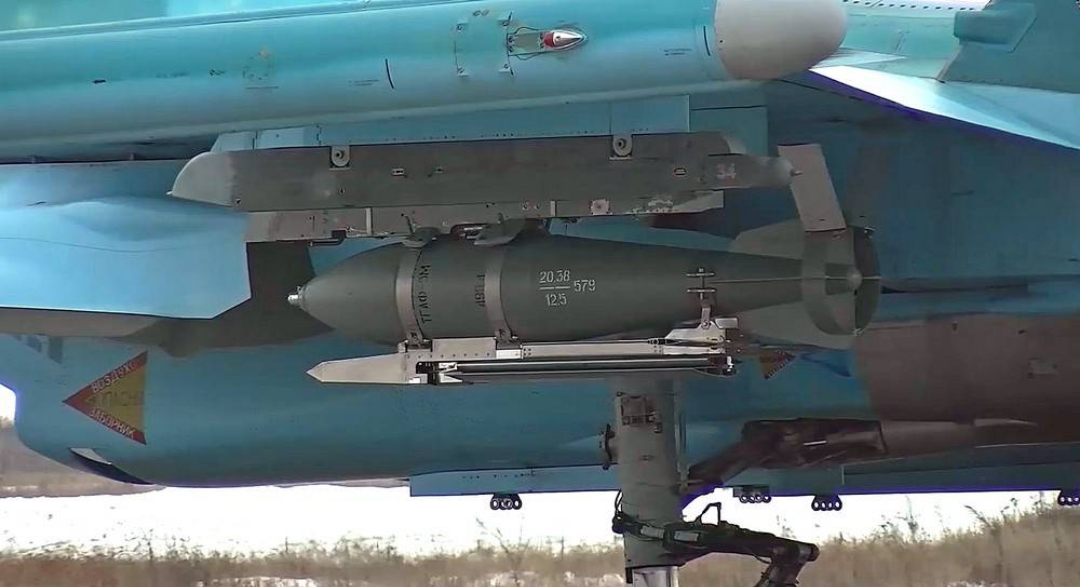
After leaving the pylon of the aircraft, the UMPK kit mounted on the bomb reveals its wings and guides the bomb to the target using the installed inertial system with correction by GPS, Glonass, or Beidou satellite signals. Initially, it was known that the coordinates were set on the ground. However, later Russian propagandists claimed that pilots of Su-34 aircraft, which are the main carriers of such bombs, could enter target coordinates mid-flight. This allowed the Russians to shorten the time between target detection and the deployment of precision-guided bombs.
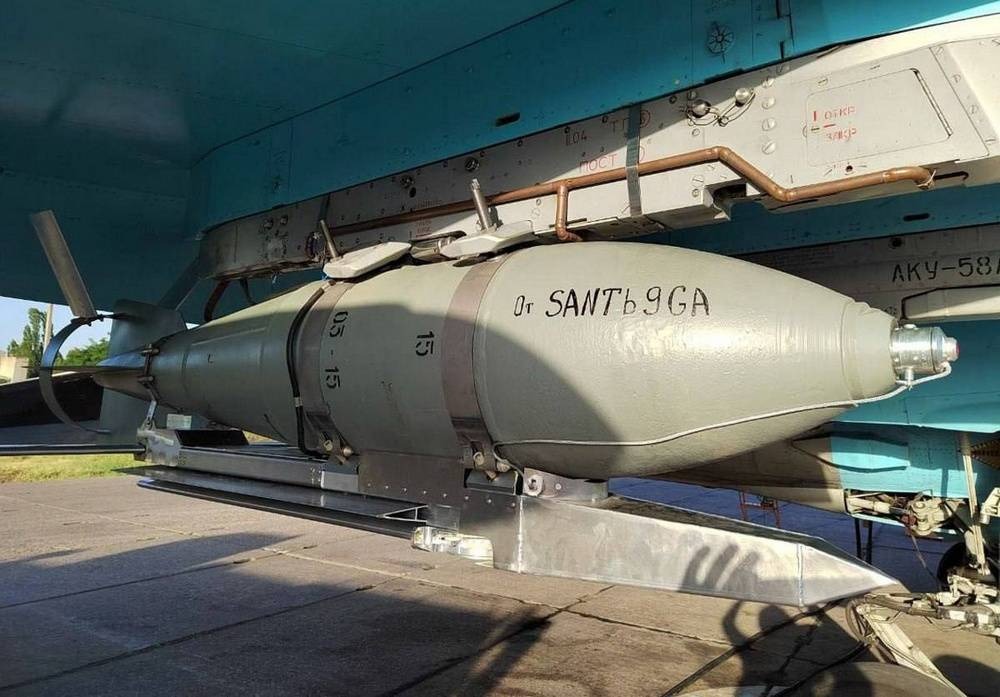
Russian Su-34 bombers are capable of dropping bombs with UMPK kits at a distance of 50–60 kilometers from the target. Under such conditions, they have become virtually invulnerable to Ukrainian fighters and most air defense systems. At the same time, to drop a bomb with a UMPK at maximum range, a Russian aircraft must ascend to an altitude of 10-12 thousand meters. In 2024, the Russians used an average of 500-800 such bombs of various calibers in Ukraine each week.

Currently, only a few types of SAMs in the Ukrainian Defense Forces are capable of hitting a Russian aircraft at this distance and altitude. These are the American Patriot and the French-Italian SAMP/T. However, it is very risky to deploy them near the front line.

Ukrainian fighter jets have the capability to target Su-34 aircraft as they climb to altitude for bomb deployment. In particular, F-16 fighters, which Ukraine received from its Western partners in August 2024, can do this. But it all depends on the modifications of the air-to-air missiles that these aircraft are armed with. If these are old versions of missiles (although the U.S. media announced the transfer of the latest AIM-120 missiles), the pilot of a Ukrainian fighter jet will have to take even more risks, flying close to the contact line and getting in range of Russian long-range air defense systems and Su-35 or MiG-31 fighters.

Initially, the Russians converted 250- and 500-kilogram bombs into gliding versions. However, they later equipped the 1.5-ton FAB-1500 and the cluster RBK-500 and eventually even the 3-ton FAB-3000 with UMPK kits.
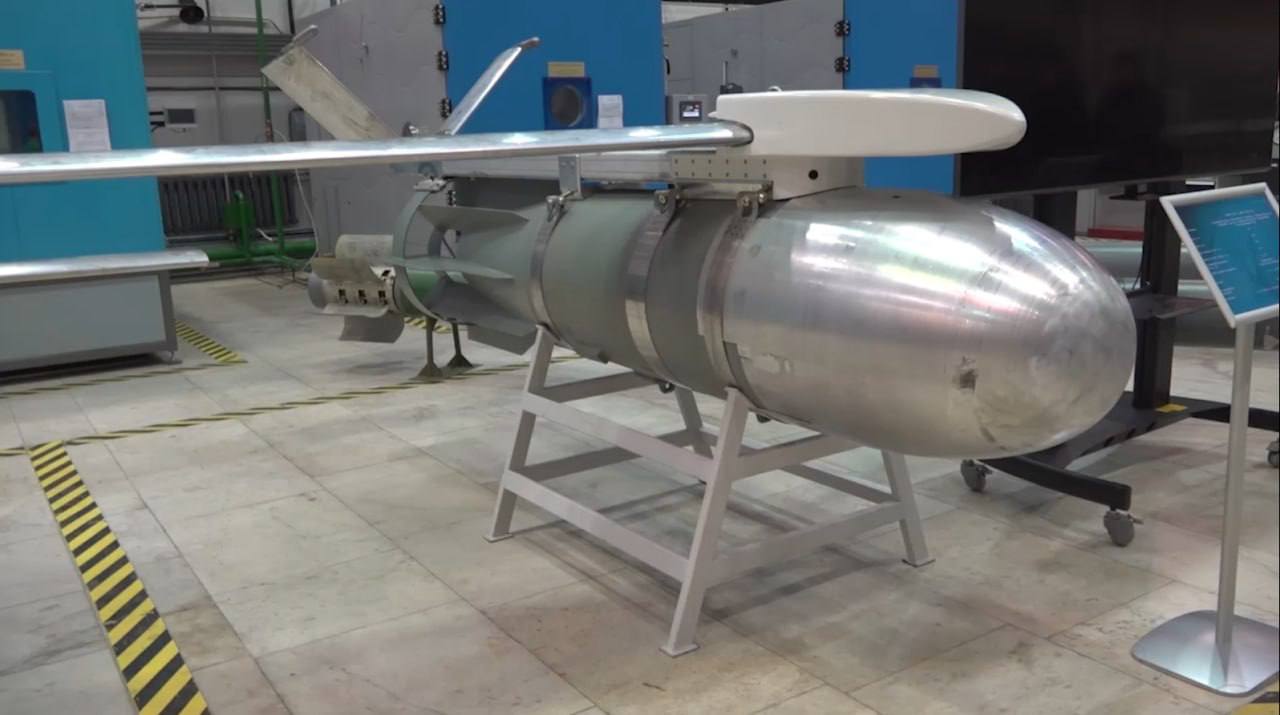
In early 2024, the Russians demonstrated the FAB-1500-M54 high-explosive bomb with a UMPK kit that was developed specifically for it. This module differed by its size and design compared to other versions. It featured larger wings and new control algorithms to achieve a greater flight range despite the bomb’s weight. Additionally, the bomb was equipped with a round-shaped aerodynamic fairing to enhance its aerodynamic performance.

In March, the Russians announced an increase in the production of FAB-500 and FAB-1500 bombs and the launch of mass production of FAB-3000 since February 2024. This announcement was made due to the massive use of these aircraft munitions with gliding and correction kits. And in June, the Russian invaders announced that they had begun using UMPK-equipped FAB-3000 M54 bombs against Ukraine. Ukrainian media ArmyInform reported that the Russians dropped such a bomb on the village of Lyptsi in Kharkiv region, destroying and damaging buildings.

The FAB-3000 is a 3,000-kilogram high-explosive bomb developed in the Soviet era that is over three meters long and weighs 1.4 tons of explosive. It is capable of destroying well-fortified positions, command posts, including those located underground, dams, and industrial buildings. The radius of damage by the shock wave is up to 300 meters. The bomb could initially be used from Tu-22M3 supersonic bombers, but today Russian frontline fighter-bombers Su-34 are also capable of carrying these bombs. The enemy’s use of these munitions is a significant problem for the Ukrainian Defense Forces.
As of mid-August 2024, Oryx project analysts counted the irrecoverable losses of 26 Su-34 fighter-bombers and one Su-34M in combat. The Russians also lost several aircraft as a result of Ukrainian drone strikes on airfields in Russia and plane crashes.

In particular, at the Russian Morozovsk military airfield in the Rostov Oblast, a Ukrainian strike on the night of August 3 destroyed a Su-34 fighter-bomber and damaged several others. A depot of aviation ammunition for these aircraft was also destroyed.
On June 11, a Su-34 fighter-bomber of the Russian Aerospace Forces crashed in the mountains of North Ossetia. It happened when the plane was flying to another airfield. According to eyewitnesses, the fighter-bomber crashed into a rock around midnight. The probable cause of the crash was a technical malfunction. The plane was carrying a crew of two pilots, who were killed.
On July 27, another Su-34 crashed in the Volgograd oblast of the Russian Federation. The frontline bomber crashed into a field near a forest, as evidenced by video from the crash site.
It was officially reported that the crew had ejected, and the cause of the crash was blamed on a technical malfunction.
Abnormal descents of UMPK bombs from aircraft pylons, as well as malfunctions of the kits themselves—primarily failures to deploy the wings—have become a systemic problem. These issues often result in the bombs falling in a conventional manner along the aircraft’s flight path.
Such cases have been recorded both in temporarily occupied Ukrainian territories and in Russia near the border with Ukraine. For example, when Russian Su-34s fly to bomb Ukrainian cities, some bombs, due to malfunctions, fall on Russian settlements and deserted areas instead.

In particular, in April 2023, a Russian Su-34 fighter-bomber dropped two bombs on a densely populated area of the Russian city of Belgorod. One of these bombs detonated and caused significant damage.
A large sinkhole formed on one of the city’s streets. The surrounding buildings and several cars were damaged.

In early January 2024, an unexploded OFAB-250 bomb equipped with an UMPC kit was discovered in the Belgorod oblast.

The control module bears a hand-applied marker “Expiry date 18.12.23”, which may indicate the date of its production or quality control.
During just two weeks in March, Russian Su-34 aircraft on bombing missions over Ukraine lost 14 bombs of various calibers in Belgorod oblast.
The Russian Aerospace Forces have many Su-34 fighter-bombers and gliding bombs, which they can use hundreds of times a week from a long distance, remaining almost invulnerable to Ukrainian air defense systems. This poses a great threat both to soldiers holding the line and frontline areas, as well as to Ukrainian border settlements and major cities, including Kharkiv. And this threat is a major challenge for the Ukrainian Defense Forces in conducting offensive operations to liberate the territories temporarily occupied by Russia.
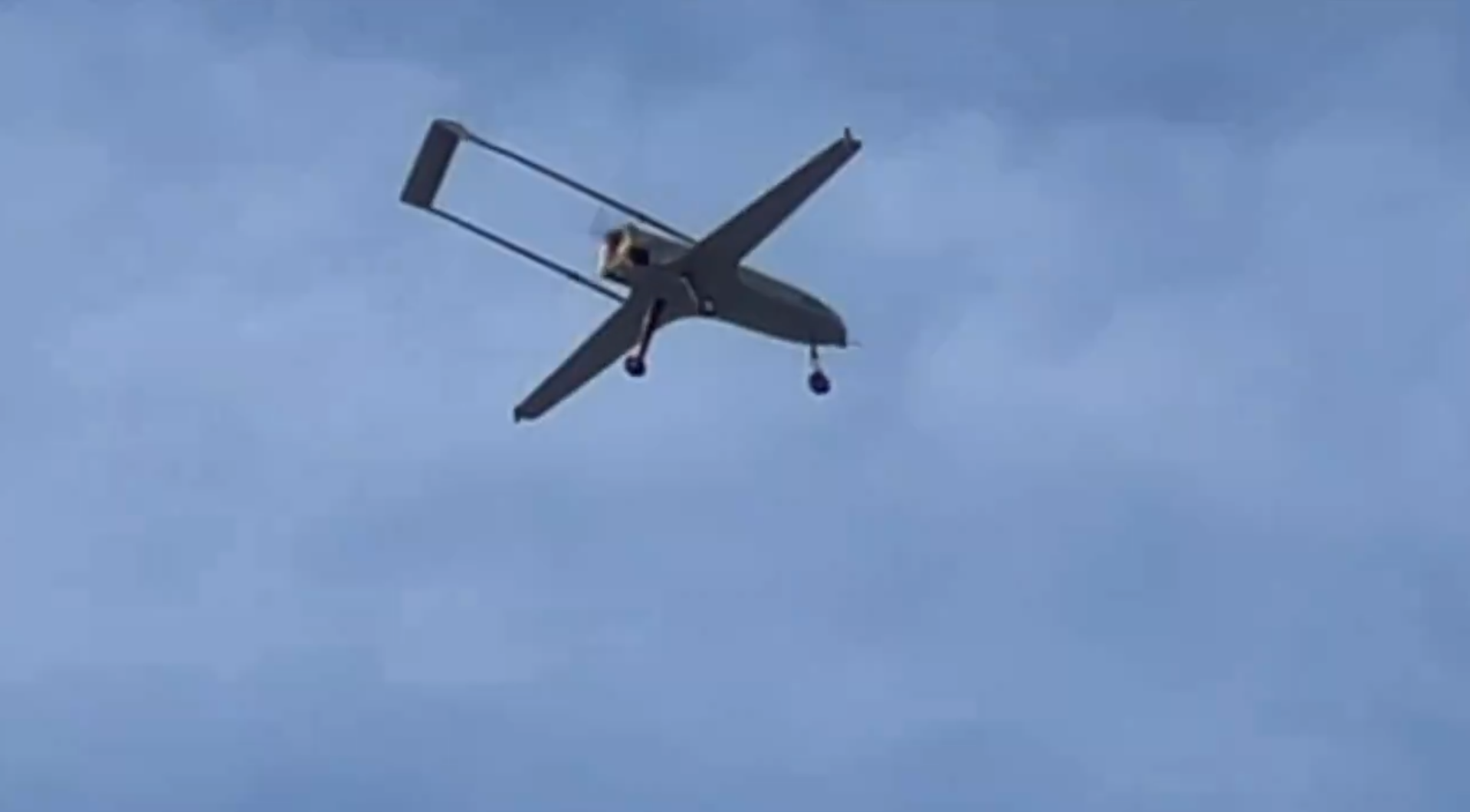
Therefore, one of the most effective methods of reducing the quantity of the Russian Su-34s is to strike at the airfields where they are based with cruise and ballistic missiles and attack drones. It is also important to destroy the stockpiles and production facilities of aircraft bombs on the territory of the Russian Federation.
Підтримати нас можна через:
Приват: 5169 3351 0164 7408 PayPal - [email protected] Стати нашим патроном за лінком ⬇
Subscribe to our newsletter
or on ours Telegram
Thank you!!
You are subscribed to our newsletter